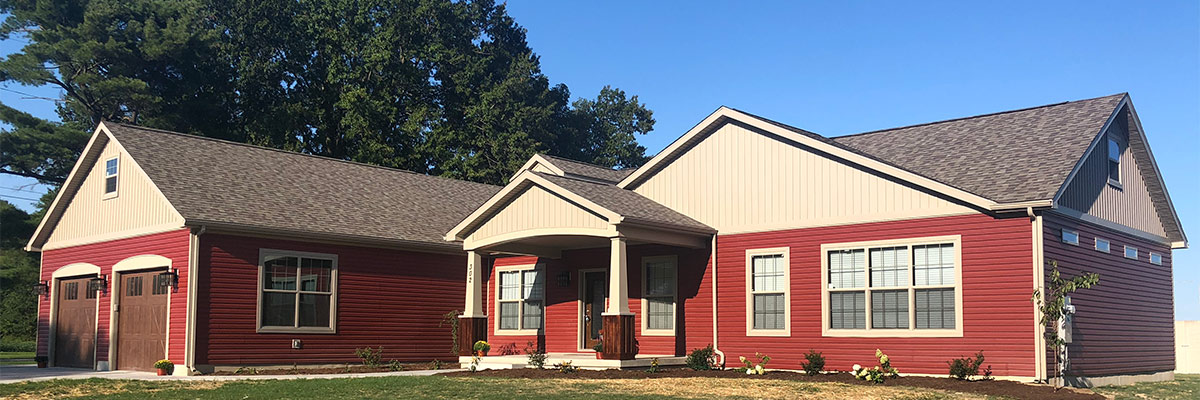IMHA Home Winterization Tips
With colder weather approaching fast this is a good time to make sure your home is protected
-
Get your furnace inspected. A yearly inspection from a heating/HVAC professional is recommendation to ensure everything in working properly and that the furnace filters have been regularly changed.
-
Make sure skirting around the base of your home is secure. Insulation can be added behind the skirting for extra protection against cold and wind. Make sure that the skirting hasn’t fallen off over the summer months due to storms or strong wind. Missing skirting can create a wind tunnel which can quickly drop the temperature under the home resulting in heat loss leaving water pipes vulnerable.
-
Repair any broken glass on your windows. Install storm windows if you have the type that requires them. Upgrade the single pane style glass windows with vinyl thermo-panes to stop drafts and save energy. You can also install weather stripping around your exterior doors and caulk around your exterior doors and windows to prevent cold air from entering and heat from escaping.
-
Clean out gutters to keep water flowing. This will help prevent ice flow backup which can cause roof damage and interior ceiling damage. Consider installing leaf guards on gutters and installing downspout extensions to direct water away from the home.
-
Inspect your roof and repair any problem areas. Replace damaged or missing shingles and tar around all stacks and vents on your roof. If you have metal roofing, repair seams and edges and around stacks and vents then use premium grade metal roof coating to coat entire roof.
-
Check that your pipes are covered with properly functioning heat tape. These products typically last 5 years with average use. Repair any water leaks under the home and make sure all exposed waterlines from the main are heat taped. Garden hoses should be removed from the exterior water faucets. Visually inspect faucets assuring they are installed in a downward slope to ensure water is not left to accumulate for freeze ups. Lastly, open the cabinet doors under your sink. The residual heat of your home will help keep pipes warm.
-
Inspect underbelly and insulation under your home. Make sure there are no open areas where the wind and cold can get to your plumbing lines.
-
Install carbon monoxide and smoke/fire detectors in your home and make sure to replace batteries as needed.
-
Never use kerosene burners and/or space heaters in your home as they may cause fire and asphyxiation threats.
-
Close crawl space ventilation louvers in the skirting if they are not automatically operated.
-
Make sure every member of your household knows where the water shutoff valve is located and how to turn the water off.
-
Going on vacation? When leaving on vacation, winter or summer, it is a great practice to shut your water off in the home, whether at the supply outside or inside the home if it has an emergency shut off. Water should never be left dripping while you are away for any period of time.
Download the 1-pager to share with members and residents here!




